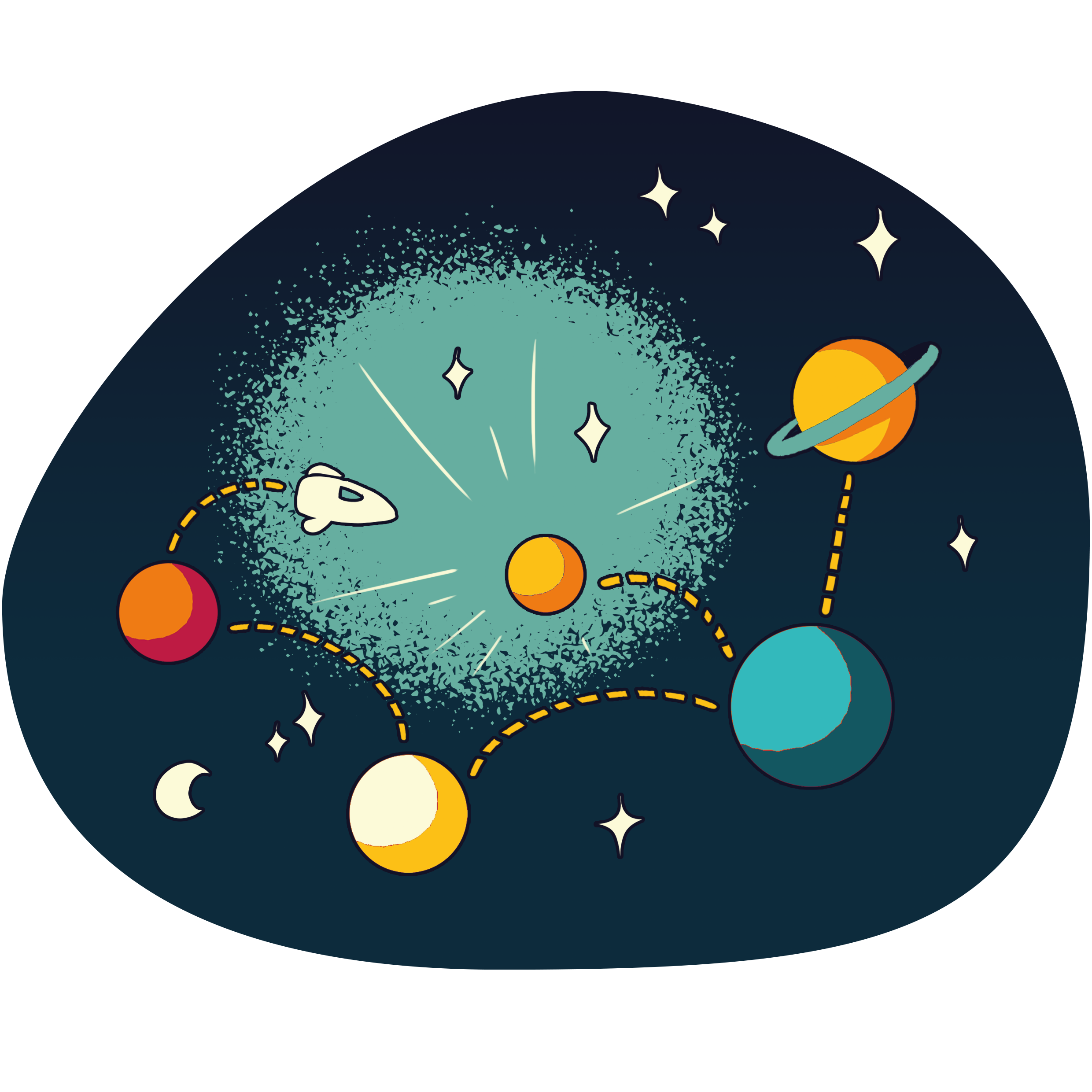4.5 KiB
| sidebar_position | slug | sidebar_label |
|---|---|---|
| 1 | / | What is Dagger? |
What is Dagger?
Dagger is a modular application delivery platform. It automates the delivery of applications to the cloud, by integrating your existing tools and infrastructure instead of replacing them.
What if you didn't have to choose between the simplicity of Heroku and the flexibility of a custom stack? With Dagger, you get the best of both worlds: a programmable backend that adapts to your existing stack; and a simple frontend that standardizes the deployment experience.
Programmable backend
Dagger works by integrating all your tools and infrastructure into a unified graph - a DAG to be precise.
Each node in your DAG represents an integration: for example a source repository, build script, artifact registry or deployment API. Each connection represents a flow of data between integrations: for example from source to build; from build to registry; etc.
What makes Dagger special is how much of your existing stack it can integrate in the DAG (probably all of it); how much of your existing data flows it can manage (probably all of them); and how composable your DAG is (as much as regular software).
Integrations
Each node in your DAG represents an integration. A crucial feature of Dagger is that it can integrate (almost) anything into the DAG. The more components in your stack can be modeled in your DAG, the more useful the DAG.
A typical DAG may have the following integrations:
- Remote data sources (http/tar, git, OCI)
- Source control services: Git, Mercurial, SVN...
- Command-line tools: anything that can be run in a container
- Custom scripts: shell, python, ruby...
- Cloud APIs: AWS, Google Cloud, Azure...
- Infrastructure services: Kubernetes, Docker Swarm...
- CICD systems: Gitlab Runner, Github Actions...
Data flows
Each connection in your DAG represents a data flow between integrations. A crucial feature of Dagger is that it can orchestrate the flow of data between integrations natively, without requiring external infrastructure.
This means integrations can be trivially connected to exchange the following types of data:
- JSON-compatible values
- Encrypted secrets: passwords, API tokens, cryptographic keys...
- Artifacts: source repositories, container images, binaries, database exports, ML models...
Composition
All Dagger integrations and data flows are configured with the revolutionary CUE language.
This allows for first-class composition. In other words, you can develop your DAG like you would develop any other software, including:
- Publish and import reusable packages
- Encapsulate low-level components in higher-level components, at will
- Collaborate using industry-standard tools and workflows
- Testing, debugging, dependency injection, etc.
Tying it all together
The combination of Dagger's 3 key features - integration, data flows and composition - allows for powerful patterns to emerge:
-
Just-in-time artifacts. Since Dagger can receive source artifacts as input, run them through arbitrary integrations, and produce the final outputs, you no longer have to worry about storing and managing intermediary artifacts: Dagger's data layer does it automatically for you. Artifacts are produced on demand, when they are needed, and automatically cached for later re-use.
-
Gitops-ready. The state of your DAG is encoded as CUE files, and secrets are always encrypted. This you can always safely track your DAG in source control, and intregate it in a gitops workflow.
Simple, standardized frontend
No matter how custom your delivery backend, developers can ignore the complexity and deploy with one simple command:
dagger up
This makes developers more productive, because they don't have to learn a new workflow every time their deployment system changes. It also frees the delivery team to make more ambitious and rapid changes, without fearing that they will slow down or break delivery.
Dagger is alpha software
Warning! Dagger is alpha-quality software. It has many bugs, the user interface is minimal, and it may change in incompatible ways at any time. If you are still willing to try it, thank you! We appreciate your help and encourage you to ask questions and report issues.
